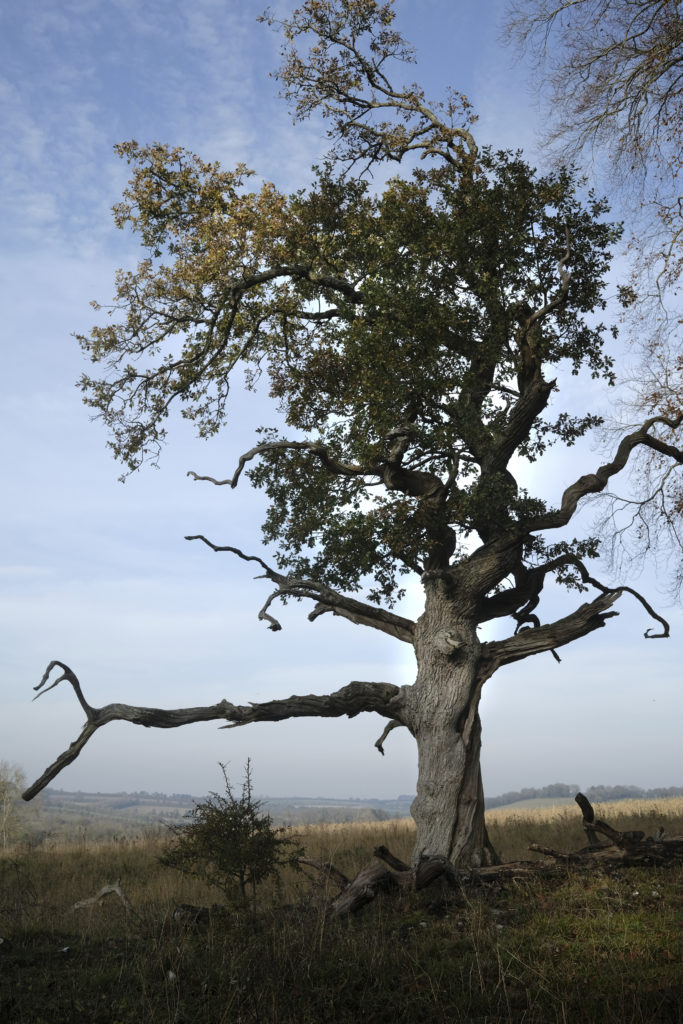As National Tree Week continues, Malcolm Anderson reflects on trees’ significant roles in our lives (alongside a selection of his own beautiful photographs).
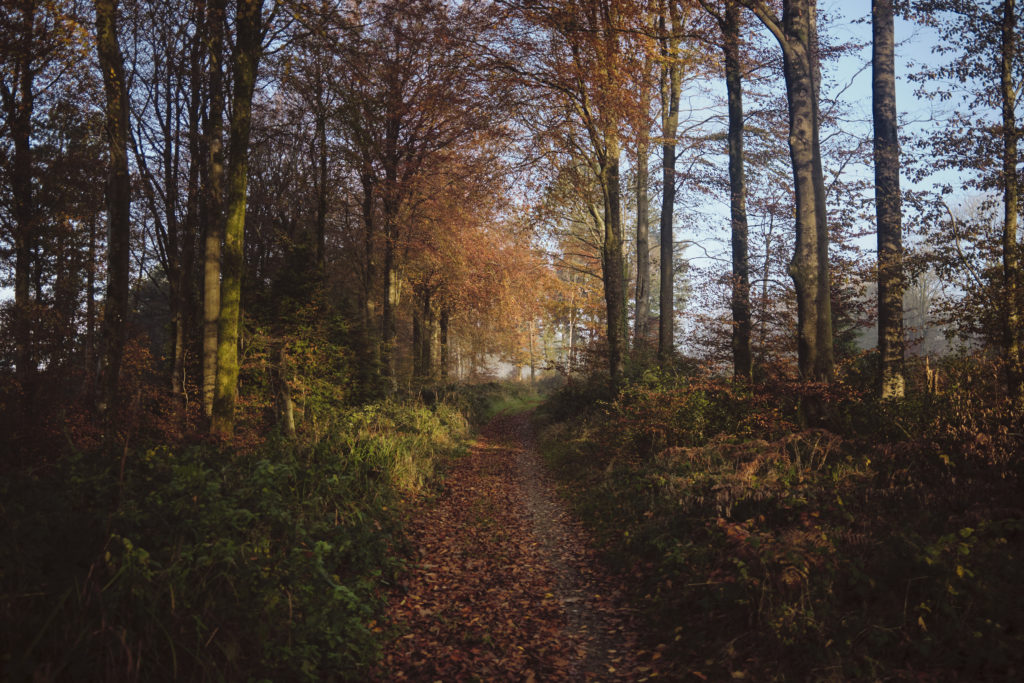
There are trees, and then there are trees. Some flash by as you sit in a train carriage, line the hedges on the way to the pub or grow in your garden – you know them by sight, you’ve clocked the limb that was pruned poorly or the large canker on its trunk but for some reason it’s just a tree.
It stands there, living out its life in its own time; cleaning the air of particulate pollution, absorbing rainfall, providing homes for countless invertebrates, animals and birds. Just doing its thing, taking in CO2 and breathing out oxygen. Yup, just a tree.
Then there are the trees that for some reason we attach significance to as humans. The ones that become a part of the threads of our lives and that of our families, their branches linking across generations. Their seeming permanence at odds with the momentary flash of our human lives.
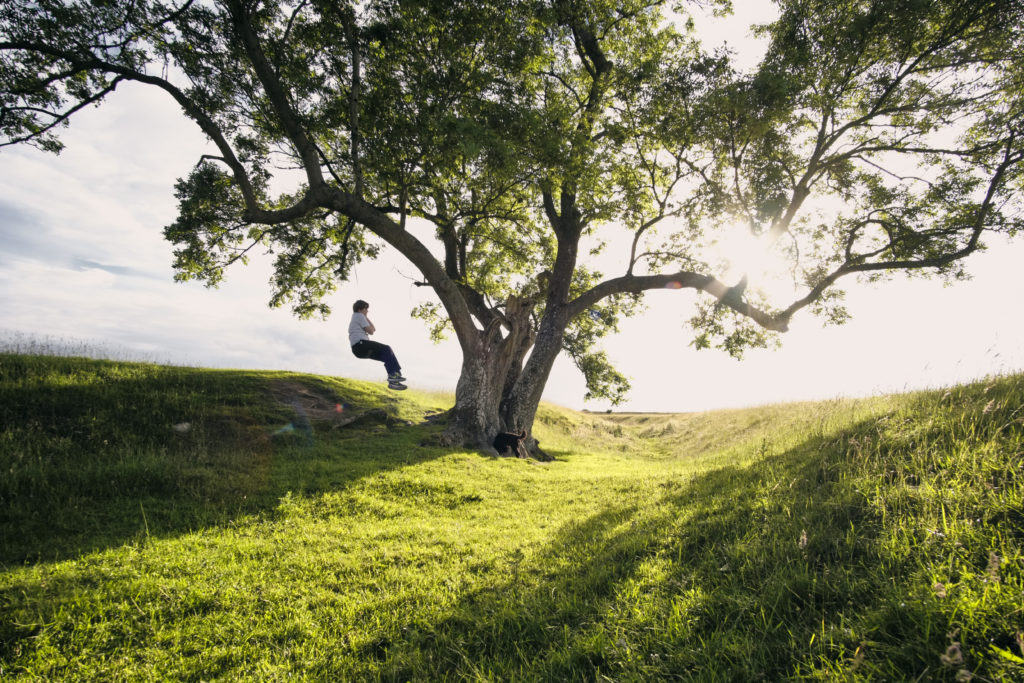
That old apple tree that you remember sitting under with long-passed-away family, the Ash with the rope swing on Figsbury ring where your now grown up son played. The gnarled beeches of a thousand walks on Lewesdon, the twinned pines on Hadden Hill above Great Wishford. The stories from grandparents and great grandparents about those same trees, those same experiences but lived in different times. I’m hopeful that in years to come my son will also walk along these lanes and in seeing the trees will remember those who walked here before him, that he gets some sense of those other lives lived under and amongst their boughs.
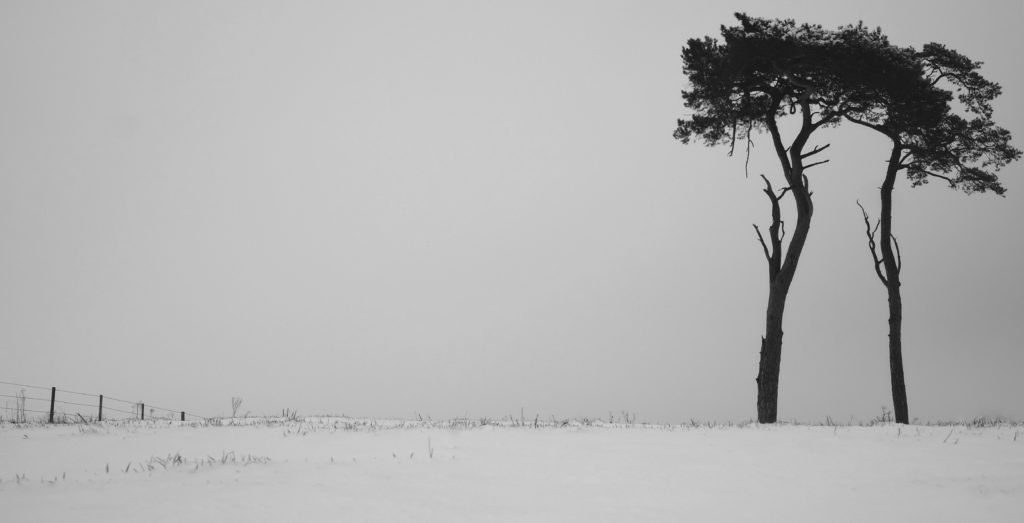
But change is a constant I’m told, and things move on. The once great Selwood which ran from Gillingham in Dorset up to Chippenham in Wiltshire isn’t there anymore, just small patches of it remain. Bentley Woods, as impressive as it is, is but a fragment of a much bigger older forest. Change happens.
The problem is that the rate of change is accelerating and those special trees are at risk, threatened by human greed and overconsumption. Threatened by a desire for more roads, more houses and more Amazon distribution centres. Threatened by shifts in the very climate that they have helped maintain for millennia; by increased severe weather, shifting temperatures and changing pest and disease patterns.
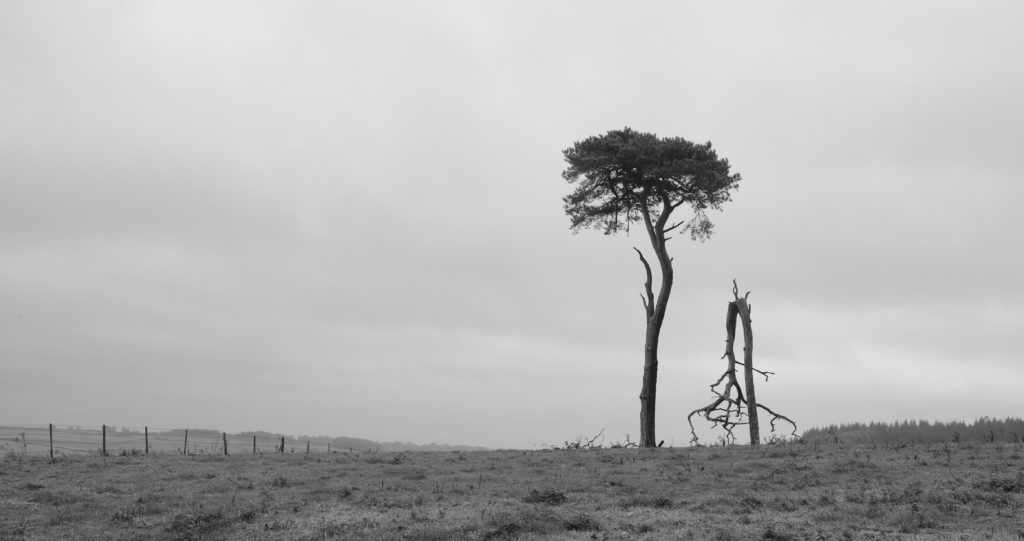
So trees, one of the keystones in the fight against climate change, are themselves at significant risk from it. Something like 10% of trees globally are at risk of extinction and in 2019 alone the world lost 4.2 million hectares of undisturbed rainforest.
In the UK the Woodland Trust report that only 7% of our native woodlands are in good condition, and of the centuries old ancient forests that cover 2.5% of the UK, some 1225 are currently under threat from building development.
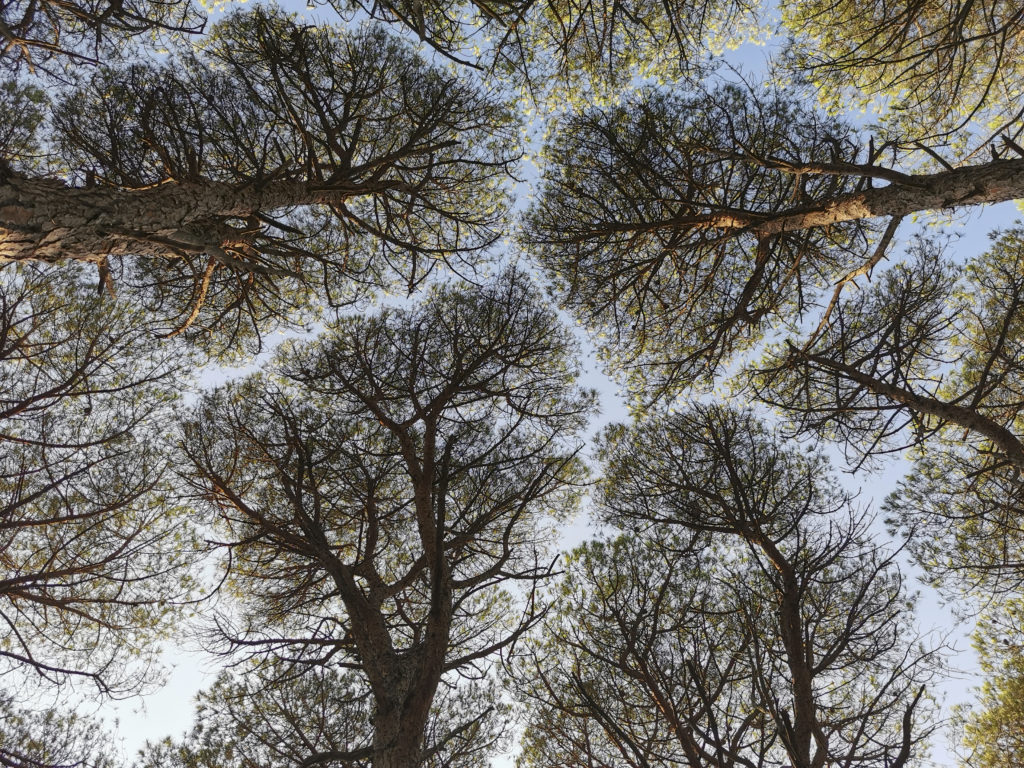
Those beautiful individual field trees, the ones that we are often drawn to above woodland trees because of their accessibility and visibility, have been lost at an alarming rate with around 85% having gone in the last 150 years.
We can’t rely on tree planting to get us out of the climate and biodiversity crises we now find ourselves in while destroying the old established trees that already exist and it is absolutely imperative that we look after what we have. Every tree counts.
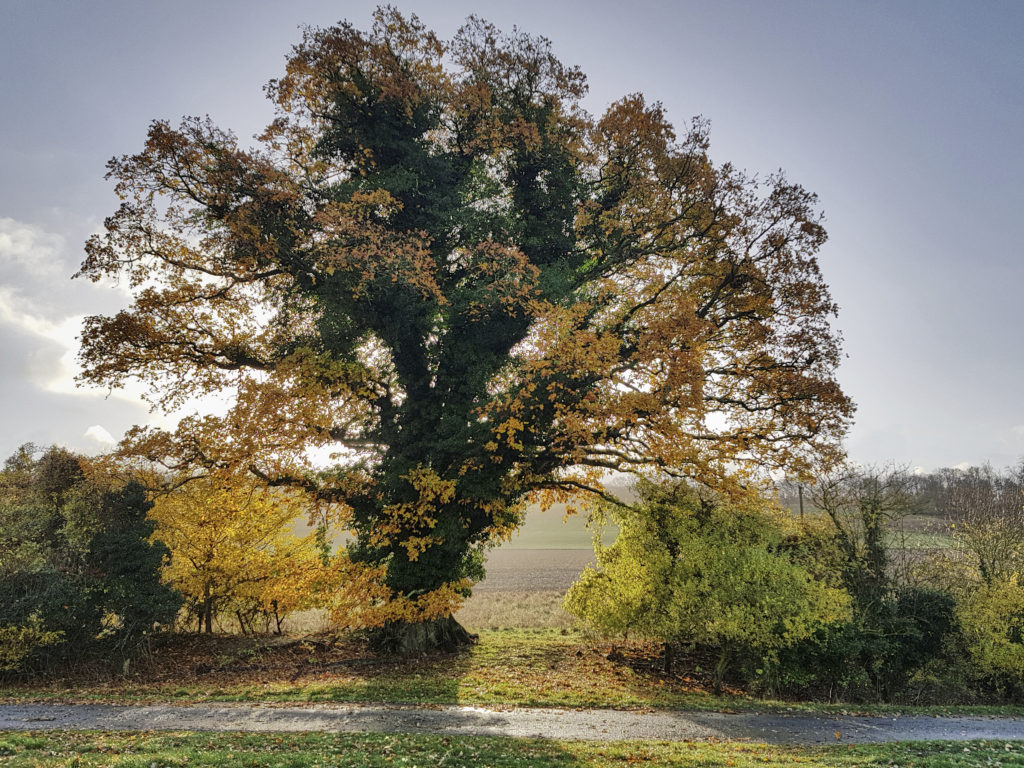
There’s a farm on the voluptuous chalk fringes of Dorset as it brushes shoulders with Wiltshire where a slight depression in a field is still referred to as John’s Beech, hundreds of years after the tree vanished. No-one seems to know who John was but the ghost of the tree remains.
Ancient trees fall or are felled, and with each one we collectively lose something; a fragment of our combined history and sense of place has its opacity slider nudged. Every tree counts.
